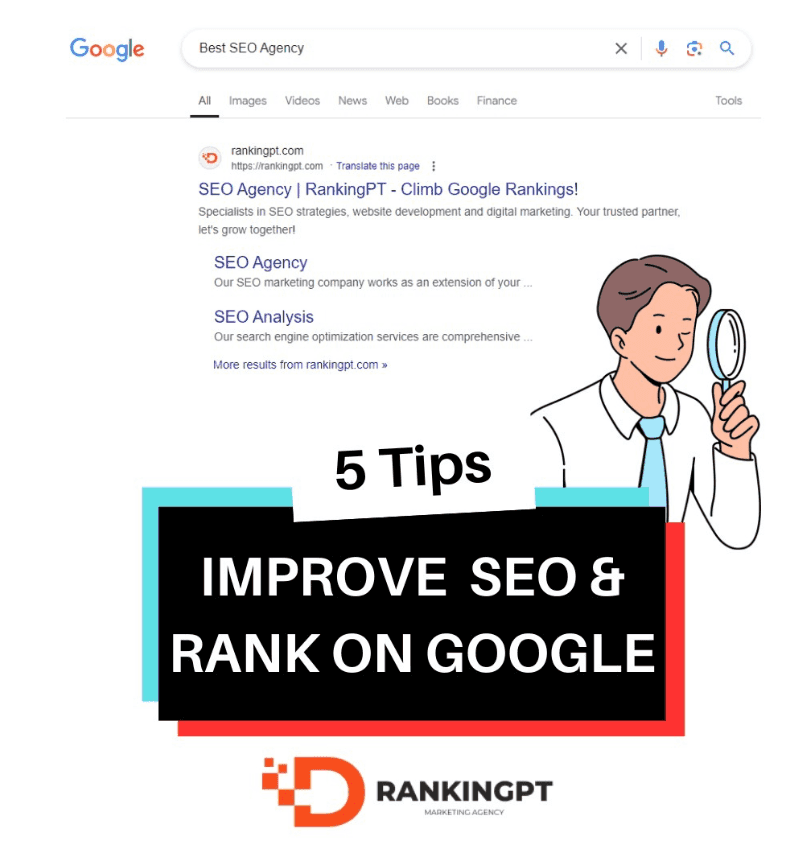Understanding Negative SEO: How to Spot and Counter It
Ranking your website on the first page of search engines is a significant achievement, but maintaining that position can be challenging. The competition is fierce, and some unethical competitors might use Negative SEO tactics to sabotage your rankings. These techniques can severely impact your site's authority, visibility, and organic traffic.
In this article, we’ll explore what Negative SEO is, how to detect it, and the best strategies to counteract and prevent these attacks.
What Is Negative SEO?
Negative SEO refers to the unethical use of techniques to harm a competitor's search rankings. Instead of improving their own SEO strategies, some businesses resort to black-hat tactics designed to damage a rival’s site in the eyes of search engines like Google.
These harmful practices may include:
- Toxic Backlinks: Creating spammy, low-quality links pointing to a website to decrease its trust score.
- Scraping & Duplicate Content: Copying and publishing your content across multiple platforms to dilute originality.
- Fake Reviews & Negative Publicity: Posting false negative reviews on Google My Business, Trustpilot, or social media.
- Hacking & Malware Injection: Compromising a website to add spammy redirects, malicious content, or remove vital data.
- Excessive Crawling & Traffic Bombing: Sending massive bot traffic to slow down your site or trigger downtime.
- Fake DMCA Takedown Requests: Filing false copyright claims to de-index your content.
Understanding these tactics will help you detect early signs of an attack and take appropriate measures.
How to Identify If Your Site Has Been Attacked
Spotting Negative SEO requires proactive monitoring of your website’s health and performance. Here are some common indicators:
1. Sudden Drop in Rankings
If your site suddenly drops in rankings for key search terms, Negative SEO may be the culprit. Use tools like Google Search Console to check for penalties or issues.
2. Spike in Toxic Backlinks
Analyze your backlink profile using tools like Ahrefs, SEMrush, or Moz. A surge in low-quality backlinks from irrelevant or spammy sites is a red flag.
3. Duplicate Content Warnings
Use plagiarism detection tools like Copyscape to see if your content has been copied and published elsewhere without permission.
4. Suspicious Referral Traffic
A sudden influx of bot-driven traffic from unknown sources could indicate an attempt to slow down your site or manipulate your bounce rate.
5. Fake Reviews & Negative Press
Regularly monitor online reviews and mentions of your brand. If you notice an influx of negative feedback that seems suspicious, it may be an attack.
How to Protect Your Website from Negative SEO
Prevention is the best defense. Here are the steps to safeguard your site from Negative SEO attacks:
1. Monitor Your Backlink Profile
Regularly check your inbound links using Google Search Console, Ahrefs, or Majestic SEO. If you find suspicious backlinks, disavow them using Google’s Disavow Tool.
2. Secure Your Website
Protect your website from hacking attempts by:
- Using strong passwords and two-factor authentication (2FA).
- Keeping plugins, themes, and CMS up to date.
- Implementing an SSL certificate and migrating to HTTPS.
3. Set Up Google Alerts & Monitoring Tools
Create Google Alerts for your brand name, key products, and industry-related keywords to track any mentions online. Additionally, tools like Mention or Brand24 help monitor reputation damage.
4. Regularly Audit Your Site’s Performance
Use Google Analytics and PageSpeed Insights to track your website’s load time and visitor behavior. If there’s an unusual slowdown, investigate the cause immediately.
5. Check for Content Theft
If someone copies your content, file a DMCA takedown request to have the plagiarized content removed from search results.
6. Respond to Fake Reviews Quickly
Flag and report fraudulent reviews on platforms like Google My Business and Trustpilot. A proactive response shows transparency and reassures potential customers.
7. Enhance Your Online Reputation
Engage with your audience through social media, email newsletters, and high-quality content marketing to build a strong, positive reputation that’s hard to undermine.
8. Use Structured Data & Schema Markup
Optimizing your site’s metadata, schema markup, and content structure ensures that search engines correctly interpret your website’s credibility and authenticity.
9. Enable Website Firewall & Anti-Malware Protection
Using security tools like Sucuri, Cloudflare, or Wordfence can help prevent unauthorized access and mitigate potential attacks.
10. Build a Strong Internal Linking Strategy
A well-structured internal linking system helps search engines understand your website’s hierarchy, making it harder for spammy links to manipulate your rankings.
Final Thoughts: Stay Proactive and Vigilant
Negative SEO is an unfortunate reality in competitive digital marketing. However, by being proactive and continuously monitoring your site, you can prevent attacks from damaging your rankings and credibility. Focus on high-quality SEO practices, keep track of your website’s security, and address any suspicious activities as soon as they arise.
If you need professional assistance in safeguarding your website and strengthening your SEO strategy, consider working with an experienced SEO agency that specializes in reputation management and search engine optimization.
By implementing the right measures, you can defend your online presence and continue growing your business without falling victim to unfair competition.





